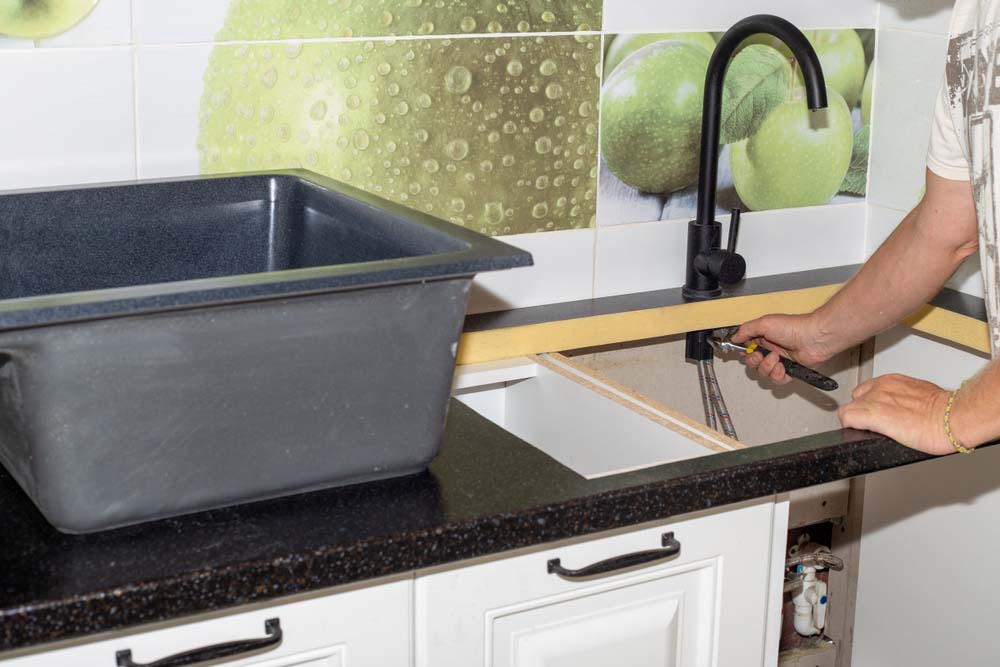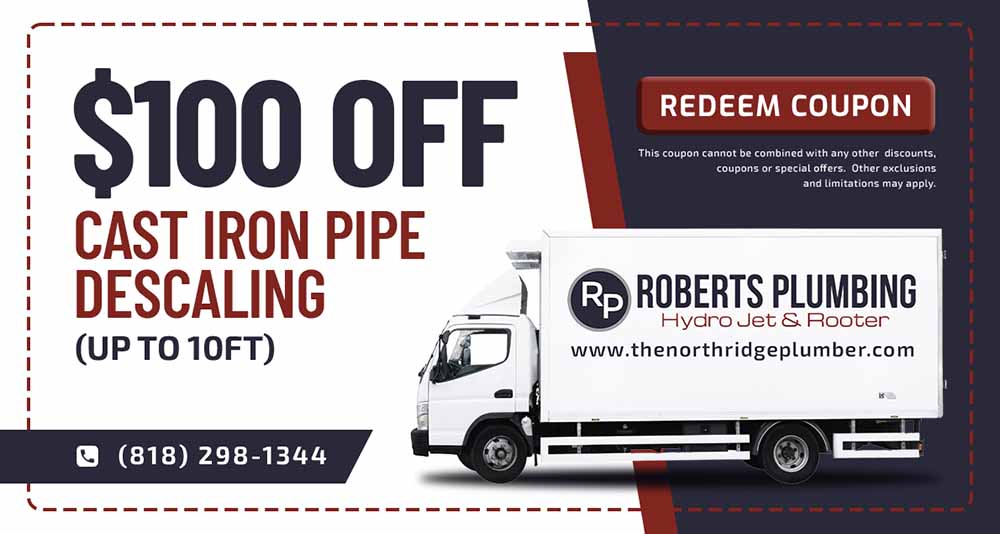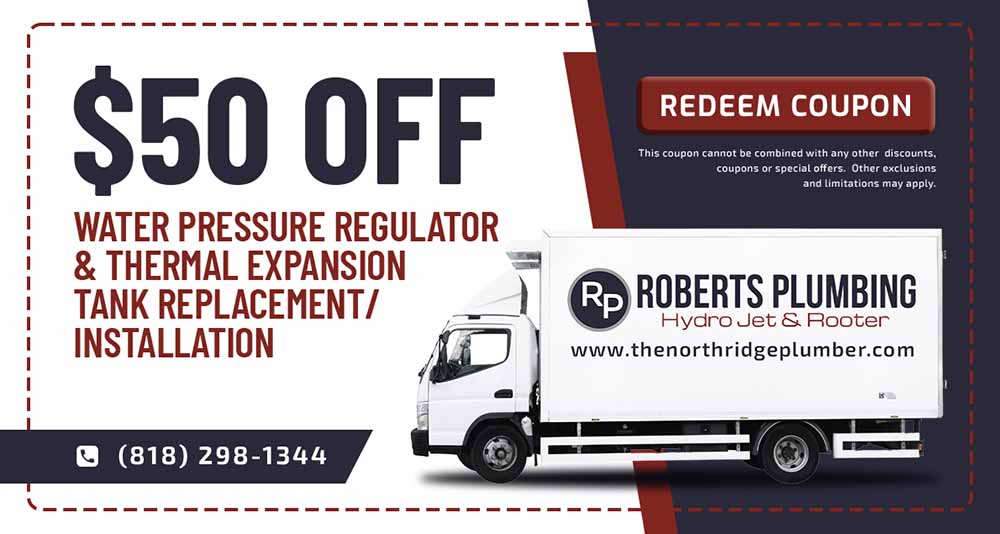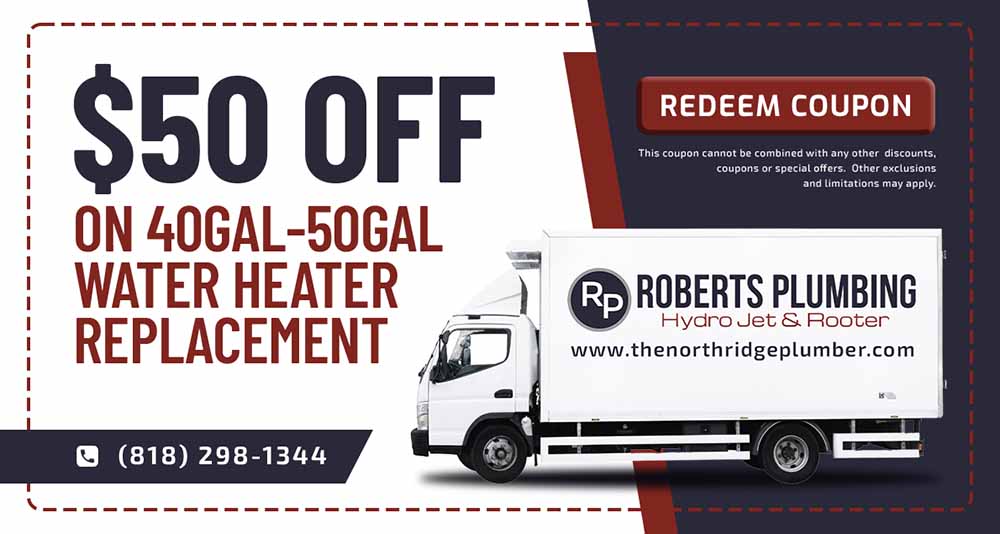Old Pipes, New Fixtures: Compatibility Problems You Didn’t See Coming

Upgrading bathroom or kitchen fixtures often seems straightforward until hidden plumbing issues appear. Roberts Plumbing Hydro Jet & Rooter has seen how older systems can complicate new installations in surprising ways. It helps to understand how age, wear, and connections affect results. A skilled plumber in Northridge, CA can identify these risks and guide you toward solutions that keep both your pipes and your new fixtures working properly.
Pressure Problems Caused by Old Pipes
Modern fixtures are designed for specific water pressure ranges. When older galvanized or corroded pipes are part of the system, water flow can be inconsistent. Low pressure makes upgraded showers and faucets underperform, while high pressure risks damaging new components. The Environmental Protection Agency (EPA) recommends household water pressure remain between 40 and 60 psi for efficiency and safety. Addressing pressure before installation is one of the most effective plumbing services a homeowner can request when upgrading fixtures.
Corrosion and Material Mismatch
Old steel or iron pipes may already be weakened by corrosion. Installing a new fixture onto such pipes can accelerate damage, sometimes causing leaks within months. Corrosion also reacts differently with modern materials like brass or stainless steel, leading to uneven wear. Even small amounts of buildup inside older pipes can send flakes of rust into new fixtures, clogging aerators or damaging valves. A professional plumbing company can evaluate the pipe condition and recommend whether replacement or reinforcement is needed before installing anything new.
Thread and Size Differences
One of the common challenges is thread mismatch. Older homes may still have non-standard pipe sizes or thread patterns that do not align with modern fixtures. For example, older 3/8-inch fittings may not match today’s 1/2-inch standards. Attempting to force these connections risks stripping threads, creating leaks, or breaking fragile fittings. Specialized adapters exist, but they are not always reliable long-term solutions. This type of issue is best addressed by a Northridge plumber who can determine whether adapters will hold securely or if pipe modifications are the safer long-term solution.
Connector and Joint Compatibility
Even when threads match, connector types may not. Older plumbing often relies on flare or compression fittings, while modern fixtures commonly use threaded or quick-connect joints. Mixing these connection styles without the proper transition pieces leads to slow leaks or sudden failures. A licensed plumbing company will have access to the correct connectors and understand which combinations meet building codes. This prevents homeowners from relying on makeshift fixes that can create hidden water damage over time.
FAQs
Q: What is the safest way to connect new fixtures to outdated plumbing?
A: The safest approach is to have a licensed professional assess the pipes and use proper transition fittings or recommend partial pipe replacement if necessary.
Q: How long do pipes typically last before they need replacement?
A: Galvanized steel pipes may last 40 to 50 years, while copper can last 70 years or more. If your system is near these limits, replacement is often recommended before upgrades.
Q: Can I upgrade one fixture without replacing the whole plumbing system?
A: Yes. In many cases, single fixture upgrades are possible, but an inspection helps confirm whether the existing pipes can handle the change.
Reliable Solutions for Fixture Upgrades
Old pipes and new fixtures often clash in ways homeowners do not expect, but proper planning makes upgrades smoother. Roberts Plumbing Hydro Jet & Rooter has been in business for over 25 years, serving both commercial and residential clients across the community. Call us today for dependable support and lasting results.




